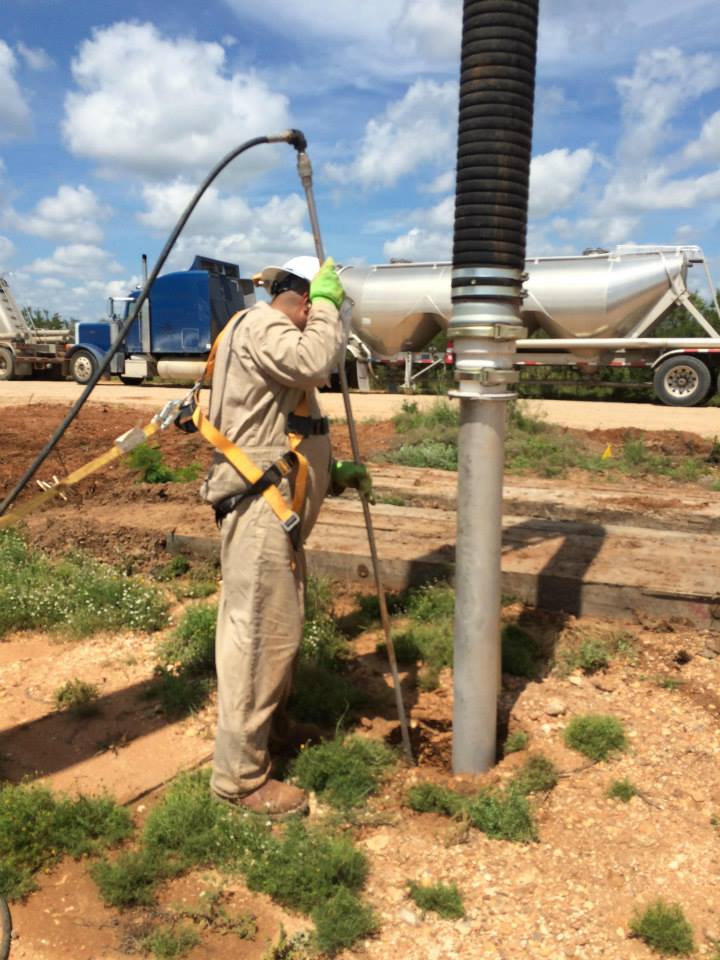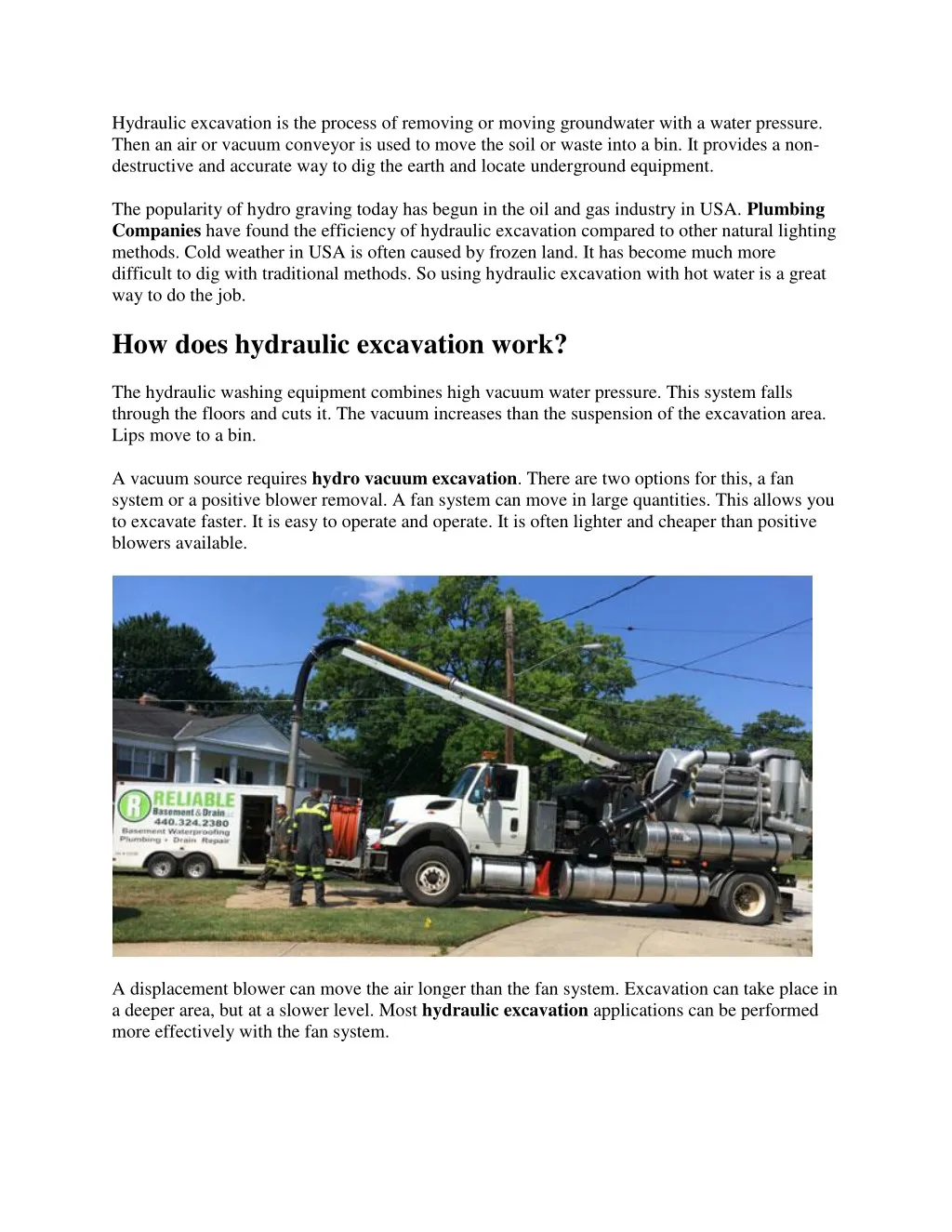Some Ideas on Mini Excavator You Should Know
Wiki Article
Some Known Factual Statements About Trencher
Table of ContentsAn Unbiased View of DemolitionThe smart Trick of Excavation Companies That Nobody is DiscussingMini Excavator Things To Know Before You BuyExcavator for DummiesGeneral Contractor Fundamentals Explained


Scrapers or Pans dig deep into dirt in one area, haul and also discard the dirt in another place (grading contractors). It is tough to match the efficiency of scrapes for cut/fill dirt procedure if the haul range is less then a mile. Scrapes are typically drawn by a rubber tire wheel tractor and are often pressed with the cut area by a bulldozer.
There are lot of times that scrapes are not utilized for site grading and a dump truck is used: the haul might be to long, the haul may go across roadways where scrapers are not permitted, difficult rock might be encountered, tools schedule, and so on. Discard trucks are in usual usage as well as most likely call for little conversation.
"Rock body" beds, on the other hand, have no tailgates as well as can discard any dimension rock, although their volume capability is decreased. Compaction Tools boosts the density of the dirt and in some cases gives a smooth, rolled surface.
The Of Mini Excavator
From a straightforward examination pit to percussion boring to core boring the owner has significantly more expensive options that produce significantly much better data about the website underground. The Proprietor on a 100,000 SF structure task may authorize twenty boring areas with split spoon soil examples taken up until rock is reached as well as then core samples of rock.Recognizing the kind and quality of rock (from the core examples) and area of rock (from the soils boring) is a real advantage in jobsite preparation. Alternatively, the Owner of a 100,000 SF structure may make a decision to wage no geotechnical testing whatsoever. The decision regarding geotechnical testing is typically made by a Proprietor without any input from the Building and construction Manager.
A knowledge of the approximate location of the rock helps the Construction Supervisor to intend the sequence of actions complying with rock excavation. If rock is in one edge of a big structure job, for instance, the planet excavation could start at the contrary end of the structure in order to start structure work soonest.
Starting the foundation work early would be an excellent suggestion if the rock could be eliminated by ripping. If the rock is extremely difficult and also requires considerable blasting, it might be prudent to hold foundation job till the blasting is completed. The Building and construction Manager should collaborate these types of choices and also utilize all the technological day readily available.
The 5-Minute Rule for Excavator
Unidentified excavation stipulates that all rock or other unanticipated materials (leaving out harmful materials) encountered in the sitework will certainly be the responsibility of the Service provider at no change in agreement cost. An unclassified excavation is simpler from a book-keeping point ofview as well as places the obligation for geotechnical conditions onto the Sitework Service provider.It's outstanding what a heavy rainfall can do to a building task. Prior to the rainfall, the website may be dry, heavy tools successfully moving planet, the various other trades smoothly executing their work.
In most areas of the world, the Building and construction Supervisor should bear in mind a straightforward truth: IT WILL RAIN. Great preparation can minimize the other damage and also interruption of a hefty rainfall to a jobsite. Often the excavation and grading is delegated the Sitework Specialist (and also their Foremen is accountable to manage and also route the heavy equipment as well as drivers).
The Construction Supervisor must be constantly aware of what rain will certainly do to the task website. It is not uncommon for the Sitework Supervisor to function their heavy tools for optimal performance as well as hope it doesn't rainfall. One of the most effective ways to plan for rainfall is to slope all qualities to drain as well as to smooth rolled the surface before a rain.
Mini Excavator Can Be Fun For Everyone
The Building and construction Supervisor must be far-sighted adequate to guarantee that heavy rain does not quit working on the job much longer than needed. Daily discussions with Sitework Foremen may be required to accomplish this goal. Any type of time excavation is required below the existing water level on a project, the process of dewatering need to be considered.In a really cohesive soil, the water travels so gradually via the clay or silt that dewatering is not typically necessary for the reasonably brief time of excavation. Dewatering might be required for a single footing excavation or for a whole task website. The most common dewatering methods are trench drains pipes, deep wells and also well points.

Ground water seepage can also be reduced by cutoff techniques such view as sheet stacking. High dewatering prices have actually faded the profit margins on much as well many jobs.
This option needs to constantly be considered when assessing the prospect of dewatering. Certainly the option is just feasible if gravity can run the water to lower ground. Trench drains pipes can be cut with a backhoe and also loaded with a coarse, granular material (# 4 rock for instance), yet care needs to be worked out in choosing the water electrical outlet type and place.
The 3-Minute Rule for General Contractor
A siphon, by definition, uses air pressure to lug water from one altitude, up over a challenge, to a lower elevation. The pipelines in a siphon system should be excavation tools impermeable and also some resourcefulness is often needed to completely load the siphon pipe. The siphon pipe must be full for the siphon to start.A deep well includes a pump, pipe and also an upright well casing. The pump intake is at the base of the well casing (generally some crushed stone is put there as a filter tool) (excavation companies). The water is pumped up the tube, out of the well housing, as well as to a suitable discharge area.
In a crude sand, for instance, a large location can be pumped to near the pump consumption elevation. A less absorptive dirt, on the other hand, minimizes the performance of a deep well. Because the pump is generally at the bottom of the deep well, there are no height restrictions as a result of vacuum lift, and deep wells can lower the groundwater over 50 feet.
Under of the wellpoint there is a 2 foot long display and also valve, water jets out of this valve as well as develops an opening into which the wellpoint pipe can be lowered. This hole is usually made a larger diameter (for instance 10 inches) to permit a rugged sand backfill to assist filter the water (excavator).
Report this wiki page